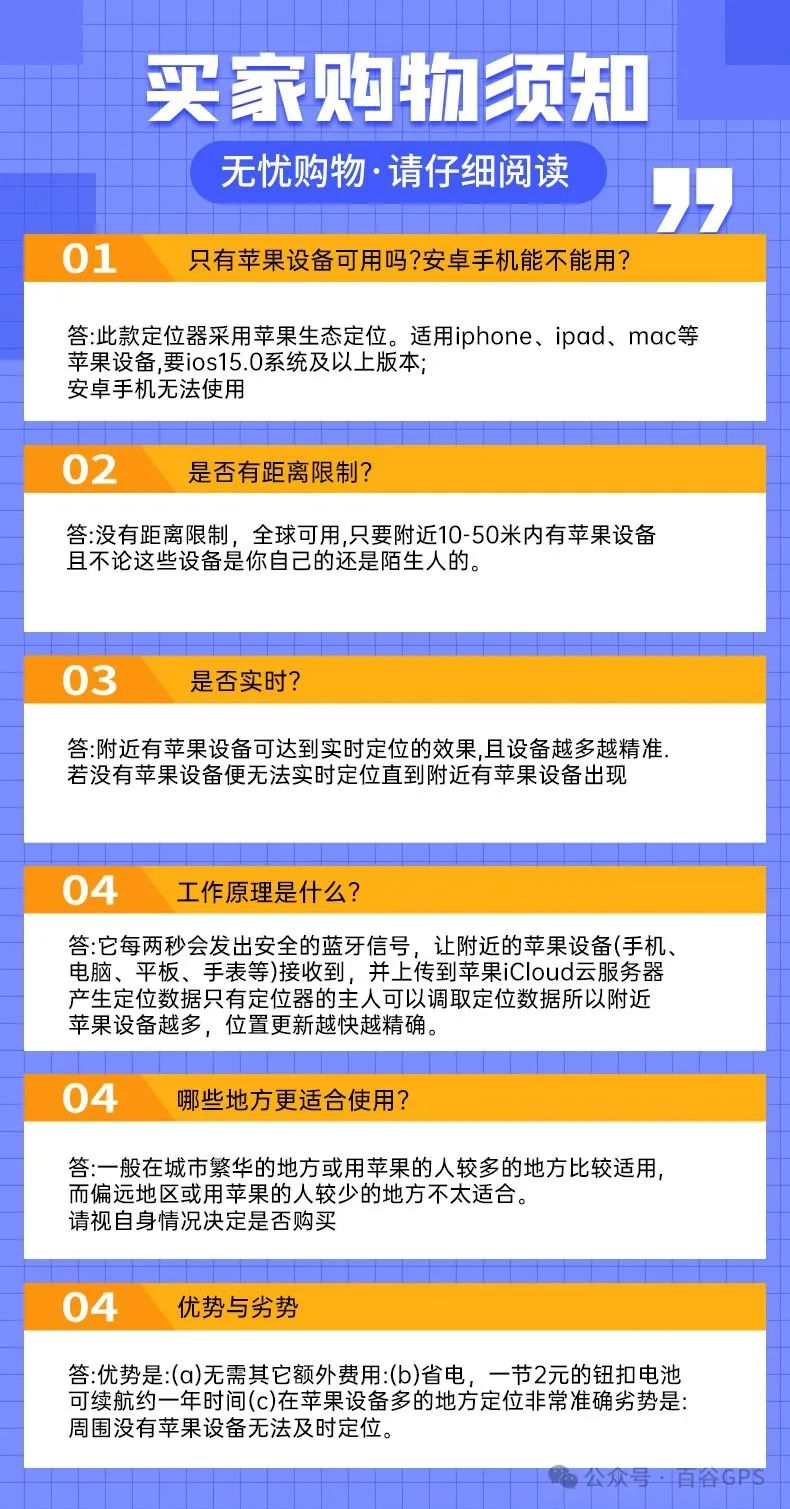The locator function of Apple is based on its ecosystem and hardware technology, providing a variety of positioning services to meet the needs of different user groups. Below are the main features and applicable user groups.
Device Location (Find My iPhone/iCloud)
Description of Apple’s locator function: By combining multiple technologies such as GPS, Wi-Fi, and cellular networks, users can locate lost Apple devices (such as iPhone, iPad, Mac, etc.) in real-time, supporting remote locking, sound playback, or data erasure to protect privacy.
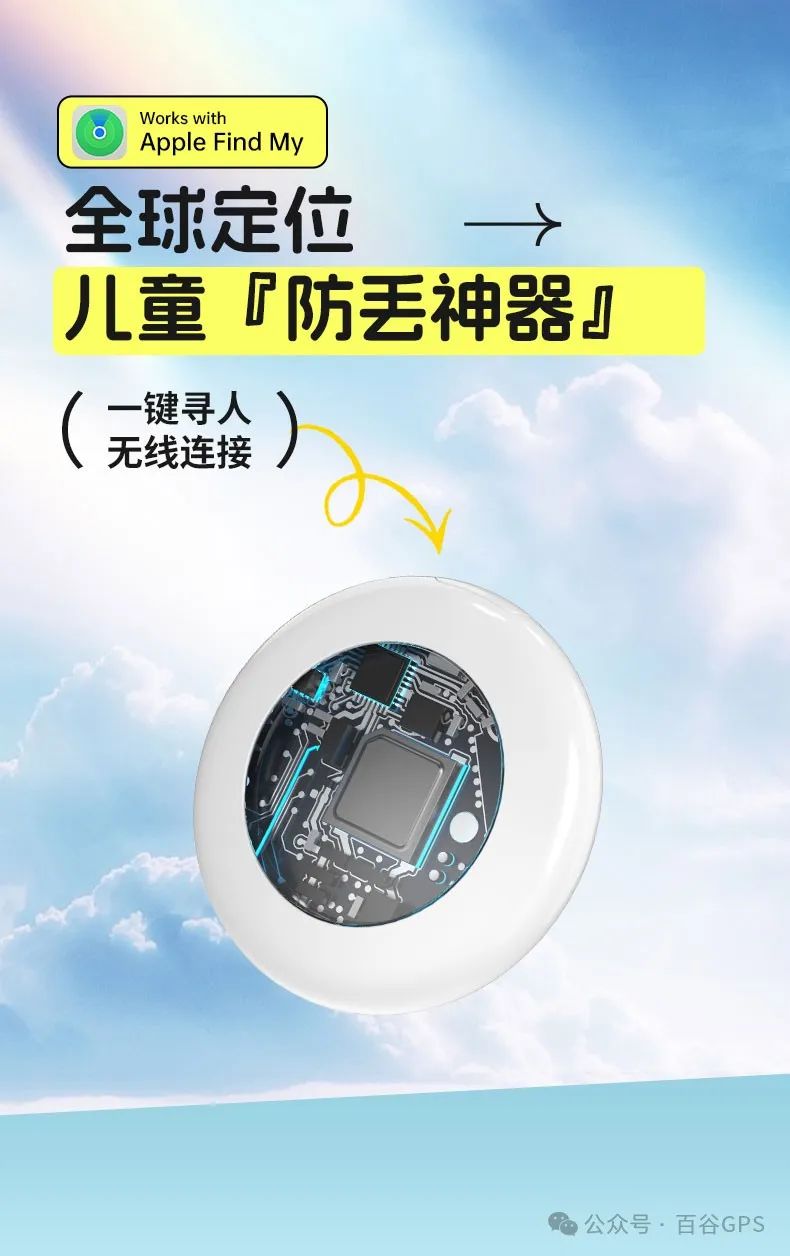 Steps to operate the Apple locator: The “Find My iPhone” feature must be enabled in advance on the device (Settings → Apple ID → Find → Enable), and the location can be tracked through the “Find” app or iCloud website.
Steps to operate the Apple locator: The “Find My iPhone” feature must be enabled in advance on the device (Settings → Apple ID → Find → Enable), and the location can be tracked through the “Find” app or iCloud website.

Location Sharing (Family/Friends)Apple locatorDescription of function: Users can share location information in real-time with family or friends, suitable for family safety or travel coordination. For example, parents can monitor their children’s location, or friends can share travel routes.Item Tracking (AirTag and third-party accessories)
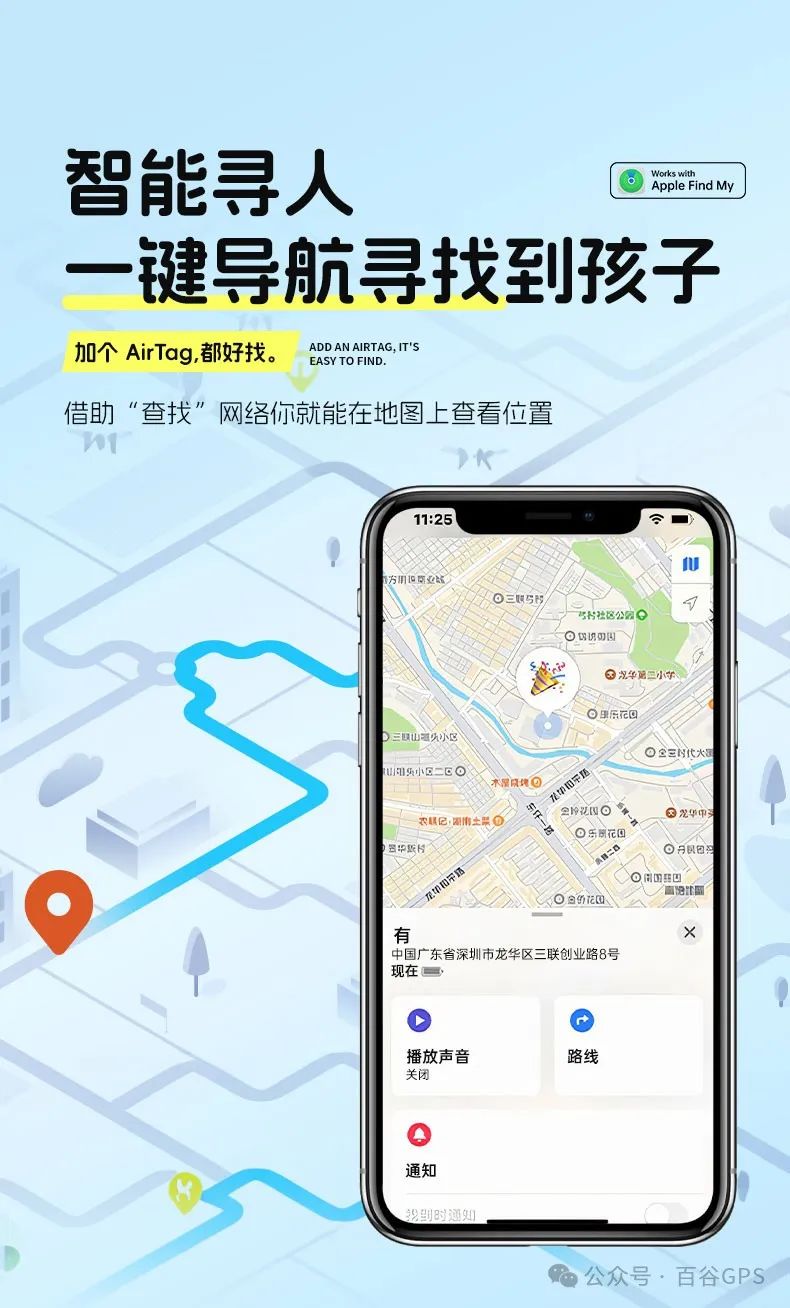
Description of function: Apple’s Bluetooth tracker (such as AirTag) can be attached to items like keys and wallets, enabling global tracking through the “Find” network. When items are out of Bluetooth range, other Apple devices will anonymously upload their location.
Applicable scenarios: Theft prevention, tracking easily lost items, or monitoring valuable luggage.
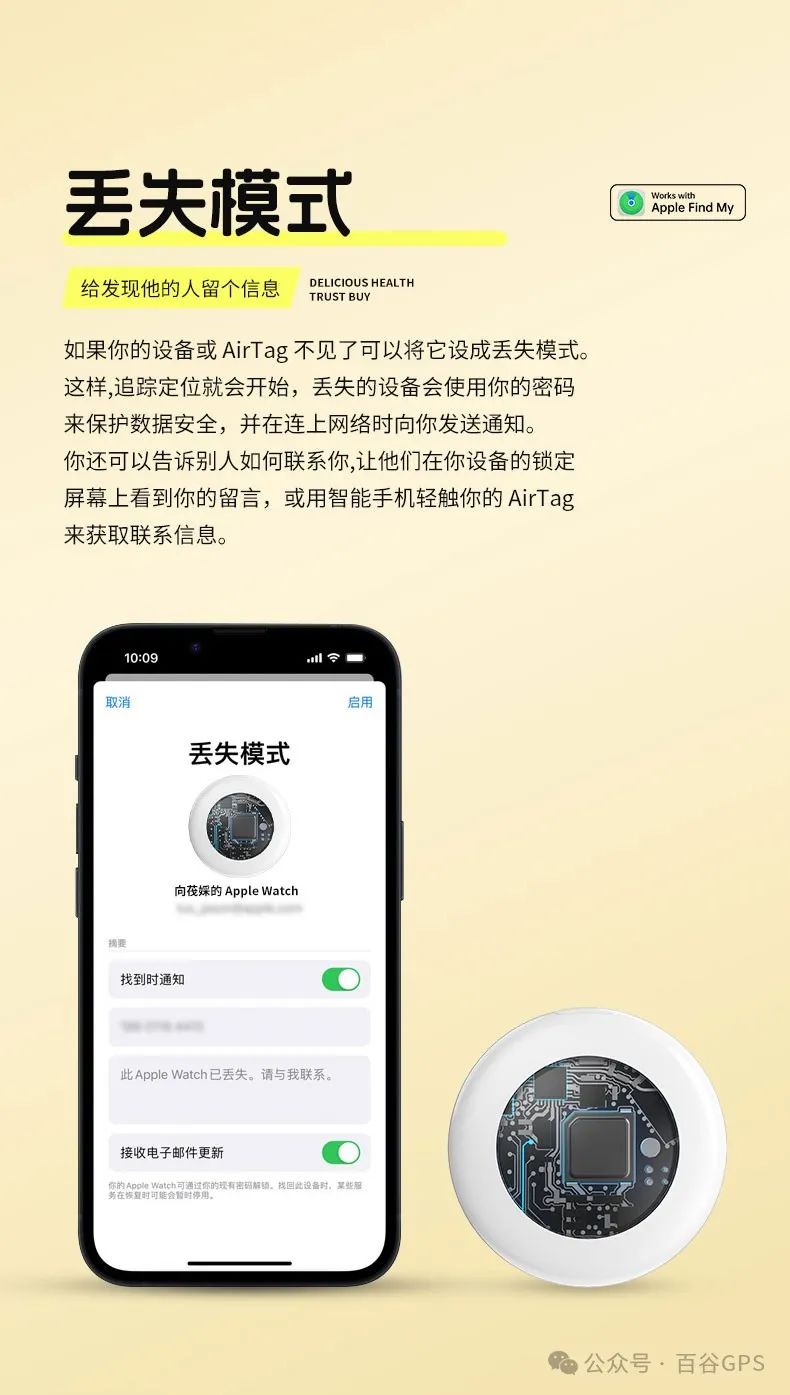
Map Navigation and Location Services
Description of function: Apple Maps provides real-time navigation, traffic information, and location search, supporting route planning for walking, driving, and cycling. Although users have reported positioning deviations in complex environments like tunnels, its compatibility with CarPlay remains an advantage.
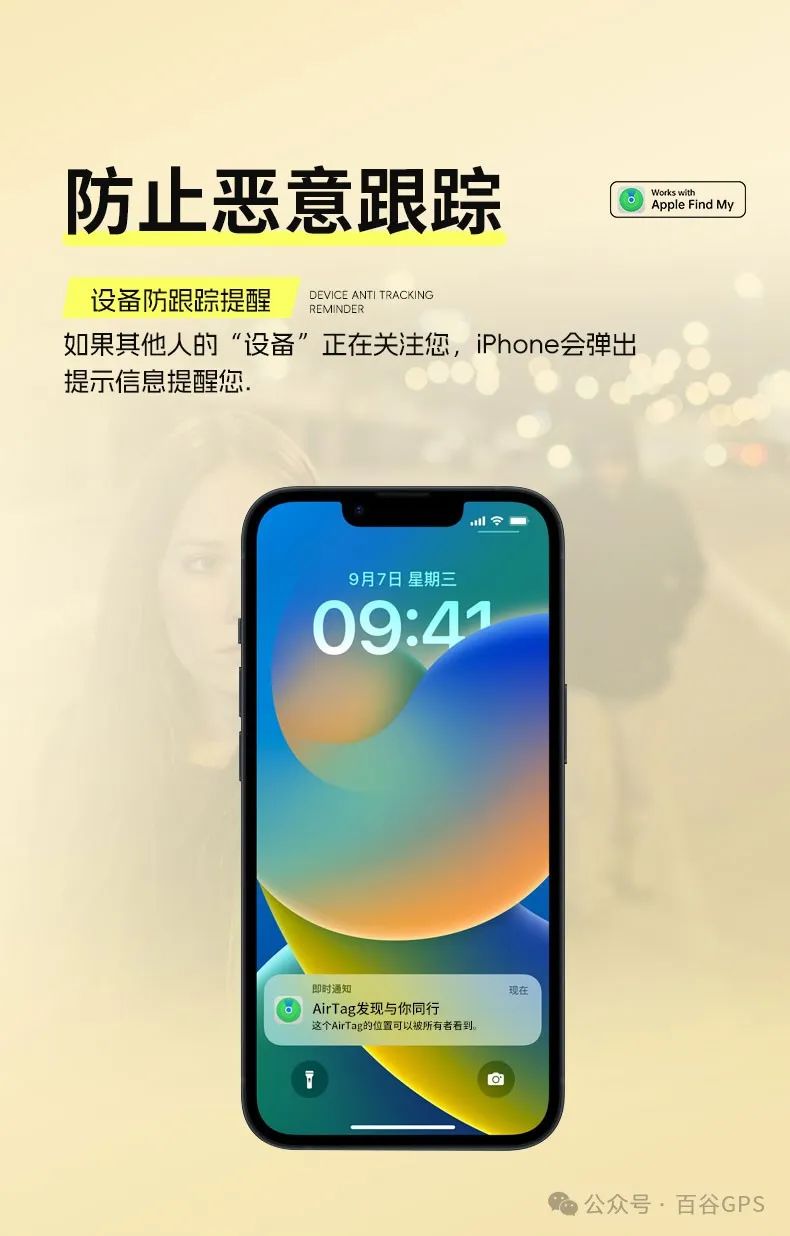
Applicable User Groups and Scenarios
1. Users at high risk of losing devicesApplicable functions: Find My iPhone, remote lock/erase.
Scenarios: Users who frequently use their phones in public places, or business people who need to protect sensitive data.
2. Family users (especially parents)
Applicable functions: Family location sharing, monitoring children’s devices. Parents can track their children’s location through the “Family Sharing” group to ensure safety.

Travelers and outdoor enthusiastsApplicable functions: Map navigation, offline positioning (assisted by Wi-Fi/signal towers). Relying on GPS positioning in environments without network access, or planning complex routes.
Groups prone to losing items,Applicable functions: AirTag and Bluetooth trackers. Users who frequently lose keys or wallets, or owners of bicycles and suitcases that need theft prevention.

Apple’s positioning functions cover device security, family care, item tracking, and navigation needs, suitable for users who value privacy, frequently manage multiple devices, or easily lose items. In the future, with the integration of AI technology, its positioning services may become further intelligent (such as predictive navigation), but it is necessary to continuously balance convenience and privacy protection.
